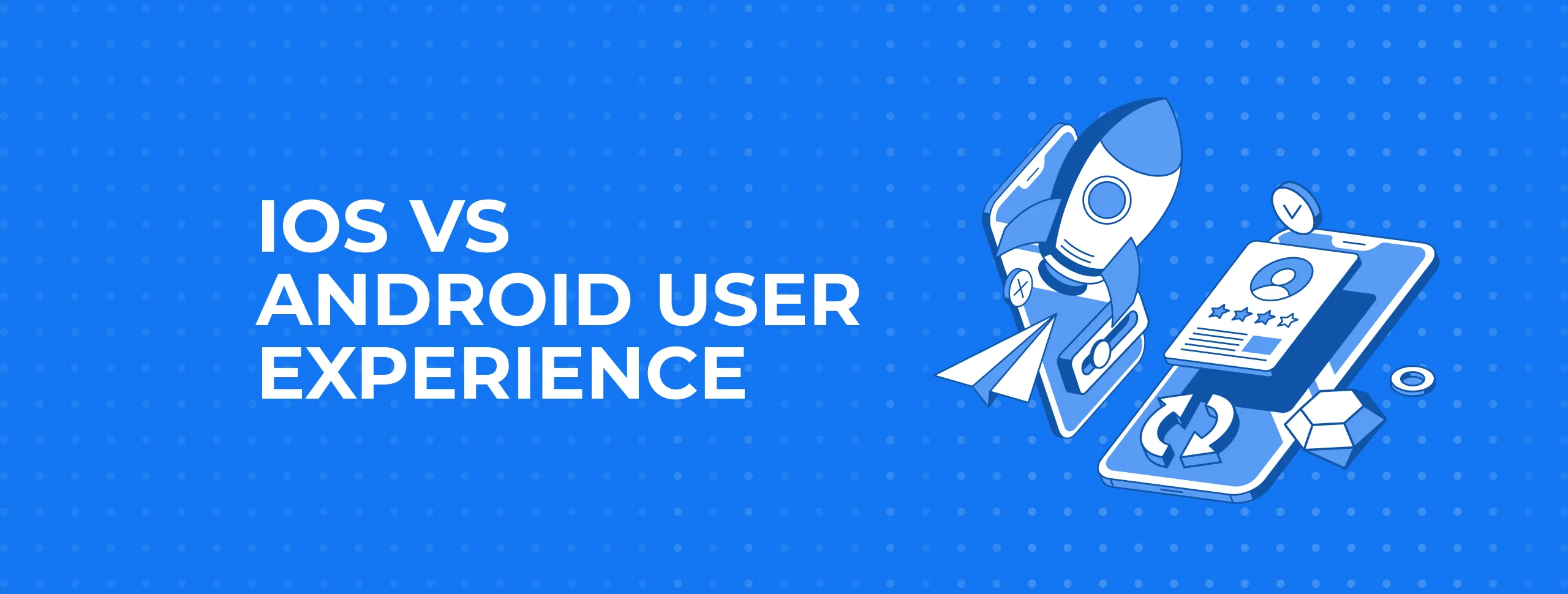
iOS vs Android User Experience: 10 things Google Play and App Store Visitors Do Differently

Thanks to the rapid growth of technology, the smartphones we carry today wield more power than the NASA computers used to reach the moon. Smartphones have become an integral part of our day to day life, and a recent survey shows that:
- More than 50% of our digital media time is spent on mobile apps
- Most people use fewer than 20 apps per month
- Applications consume significantly more time than web surfing
Your choice of mobile phone can reveal a lot about your overall personality and behaviour. Although both Google's Android and Apple's iPhone and iPad are convenient in their own right, consumers tend to feel a significant difference in the iOS and Android user experience. Today, we'll outline how the users vary and what people do differently on each of these platforms.
User Demographics
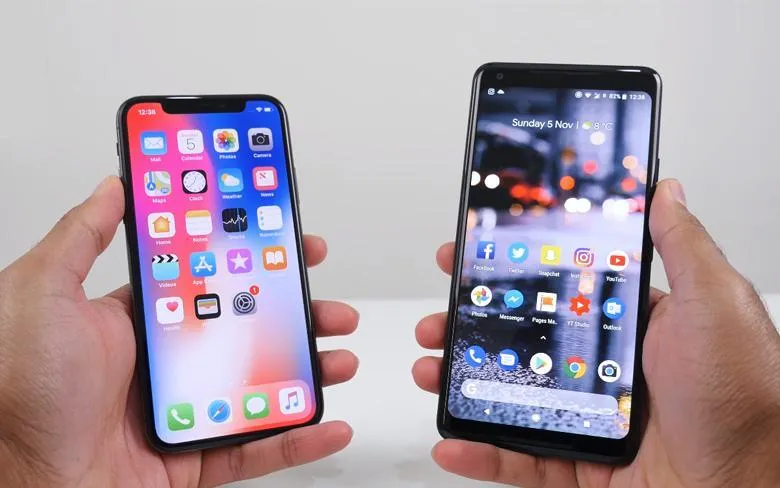
User demographics, location and personal attributes, such as age, income, and education status, widely influence the choice of a new smartphone.
- iPhone users are more likely to come from the most developed countries, such as the United States, the UK and Europe. They usually have a higher education degree and are relatively higher earners. Young and educated females from society's higher class brackets comprise the majority of iOS consumers.
- Android users have on average a diploma degree and also earn significantly less than their iOS counterparts. This is indicative of the fact that they mostly reside in newly-developed and developing countries. They are also more likely to be older men with little to no concern for consumer social status.
Device-specific Differences
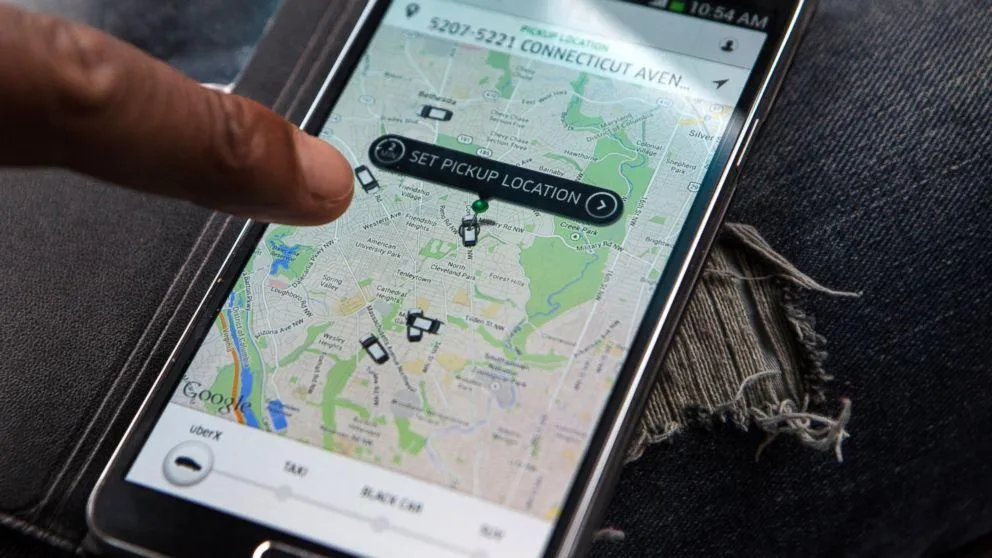
Both Android and iPhone come with somewhat distinct device capabilities, resulting in a difference between the Android and iOS user experiences. For example, Apple tends to maintain a solid set of regulations concerning the submission of iOS apps to the App Store. Android developers, on the other hand, can build and submit their apps to the Play Store much more quickly - resulting in a large number of available apps in the Play Store compared to the Apple App Store and less protected system as well.
However, it would be unwise to assume that the greater number of apps available on the Android platform are of a higher quality or make it a better option. As iOS apps take longer to develop and pass the App Store verification process, they are likely to be more consistent, secure and comfortable to use, contrary to the large number of cumbersome apps you can find in the Play Store today.
- Although Android devices are considerably cheaper, iPhone has a much more loyal consumer base. Despite maintaining a mere 11% share of the global smartphone market, Apple continues to retain its position as one of the top industry players in terms of revenue.
- Android enthusiasts will, however, vouch for the extensive customisation options their platform offers during everyday iOS vs Android user experience debates. Apple consumers, on the other hand, tend to stick by the same comfortable user interface Apple provides across all their iOS devices.
Response to Push Notifications
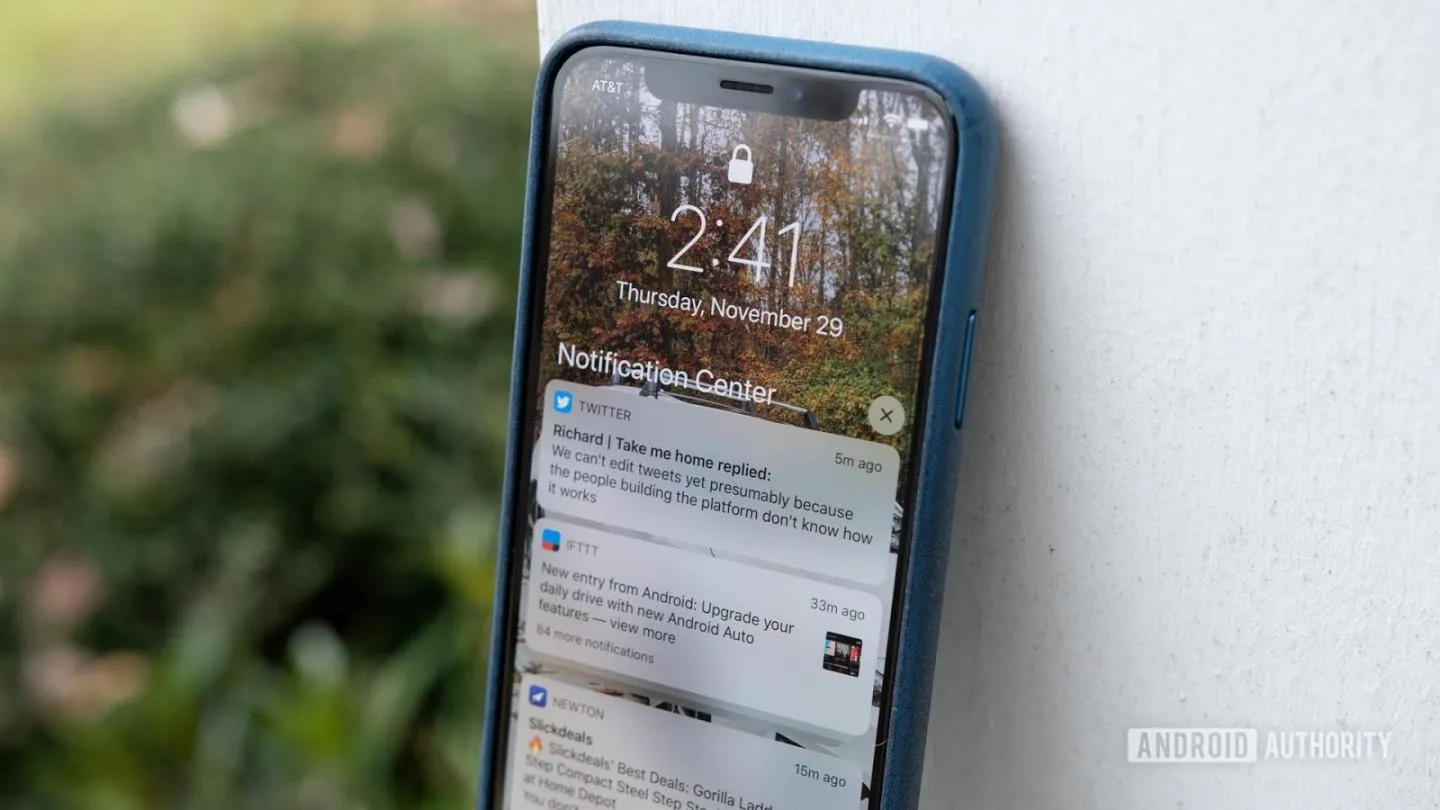
Despite what you might think, even a small issue like reacting to push notifications can be a point of variance between Android users and Apple lovers.
Research indicates that about 3.5% of Android consumers will opt in to opening their push notifications, contrary to the 1.8% of Apple consumers who do the same. This can be attributed to the design principles of their user interface.
On the Android operating system, when users receive a new push notification, they need to take some sort of action – otherwise, the notification will remain stuck to the lock screen. Therefore, many users tend to open their lock screen and check the notification. On iOS-based phones, however, the push notifications will disappear not long after appearing on the lock screen – thus significantly reducing the number of consumers that open them.
However, iPhone users in general only take around 7 minutes to open their notifications. This is much faster than the average for Android consumers, who typically take at least 48 minutes to respond to their push notifications. This suggests that Apple customers have a much higher level of interactivity with their devices than most Android consumers do with theirs.
In-app Engagement and Retention
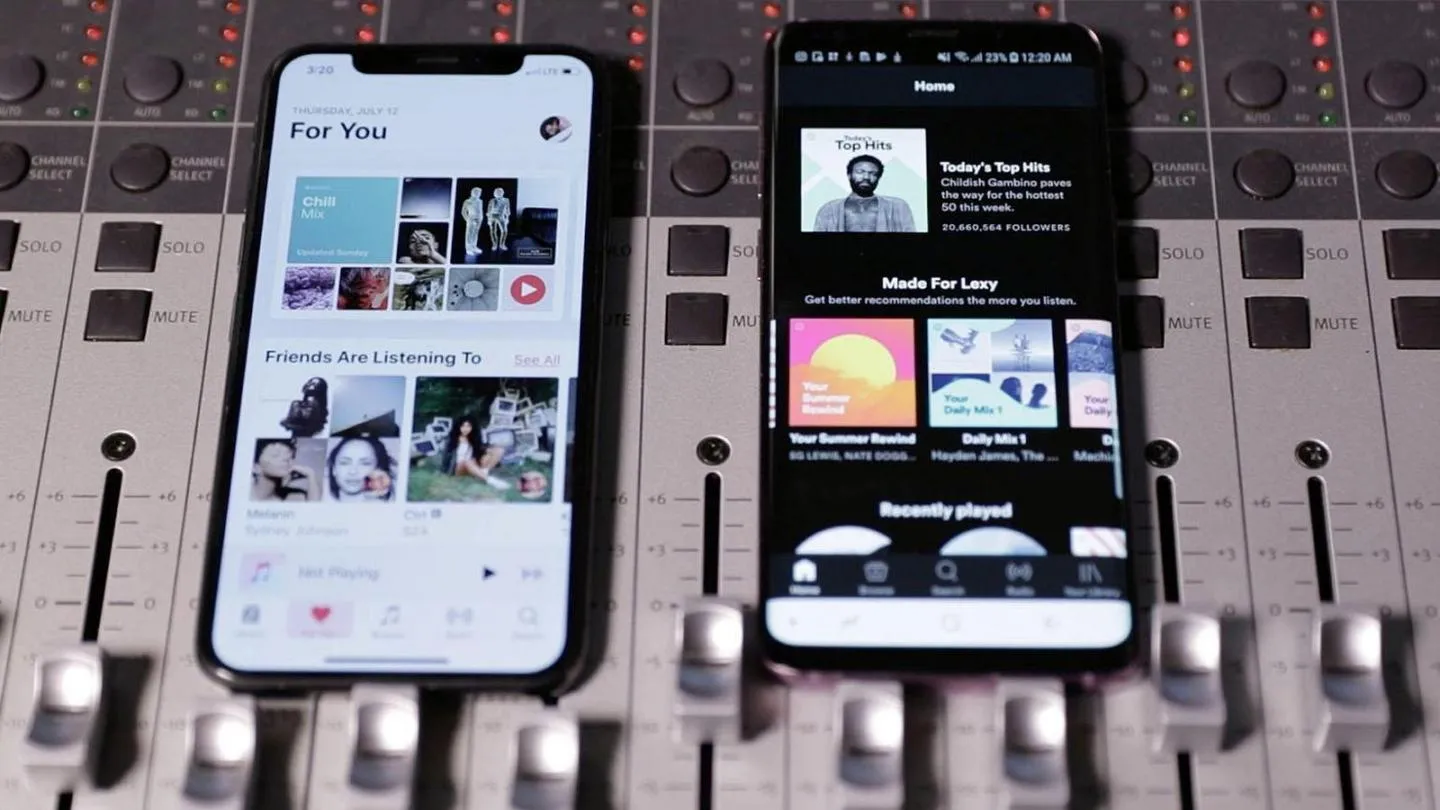
One of the most significant factors that help us understand the UI experience of both these platforms is in-app engagement. How consumers engage on each platform can offer us valuable insights and provide a necessary tool for understanding when and why customers stick with their current smartphone. It must be noted that it is the user experience customers encounter when running a particular app that shapes their mindset for or against a specific platform.
As indicated by recent iOS vs Android user statistics, users of the iOS platform invest significantly more time when interacting with a given app. iPhone consumers, on average, spend nine more hours per month than their Android counterparts. Thus, we can view the average iPhone consumer as a power-user of smartphone devices, thanks to their increasing engagement with creative content.
Although the Android platform allows significantly more customers to engage with a given app, the iOS platform is still much better when it comes to post-installation interactions and experiences. This clearly shows us that customers tend to side more with creativity than with audience size. Moreover, on average, iPhone users are much more satisfied with their current smartphone and are more likely to retain their device. This loyalty among customers is the key to Apple's continually increasing revenue in spite of its price hike.
Everyday Gaming Experience

Whether we admit to it or not, gaming is something we all do at least a little bit on our smartphones. It's one of the integrated experiences of modern smartphone culture. Thus, when choosing a particular smartphone over another, you always need to determine how the device will perform in terms of gaming experience.
Although pretty limited, the iOS App Store features significantly more enjoyable games than its Android counterpart. Most top-end games, however, hit both platforms – though you can still find some exciting games that are only available for the iOS platform.
While we're at it, did you know that Android users are generally harsher than their iOS counterparts when it comes to criticising games? This is a sign that iPhone consumers are much more content with the gaming experience their device delivers. Android devices are, however, a clear winner when it comes to running larger and more complex games, as users can use large amounts of memory in their devices and can also upgrade the existing ROM on their own. This open source platform outperforms iPhone devices when it comes to games that require substantial memory capacity.
Purchasing Power

As you should already have guessed, iPhone customers earn relatively more than your average Android consumer. If you look carefully at the percentage annual earnings of iOS users vs Android users, you will find that an average iPhone consumer earns around 40% more than an average Android user. This vast difference in income shapes the social life of Apple customers. Despite the number of Android vs iOS users being much higher, Apple continues to bring in much more in revenue thanks to an affluent and loyal customer base.
The average income indicators:
- iPhone owner has an income of roughly $85,000 per year;
- The annual income of the average Android owner is about $61,000.
Additionally, although the open source platform experiences a more significant number of app downloads per month compared to Apple's App Store, iPhone consumers usually spend up to twice as much on their apps compared to their Android counterparts. This proves that Apple users not only have higher purchasing power but are also willing to spend more in order to enhance their in-app experiences.
As the Q1 suggested, the percentage of iOS vs Android users’ average spending behind their devices has grown by 45% and 40% respectively. This serves as another fact you can use to argue that Apple's customers spend more money – thus wielding higher purchasing power.
The primary source of monetisation on the Android platform is displaying mobile ads. This tends to frustrate even the most conservative supporters of this fantastic open source platform. Apple, on the other hand, earns most of its revenue from app purchases. This particular factor sheds light on the fact that they actually depend on their customers as a whole and are successful in their approach.
Individual Personality
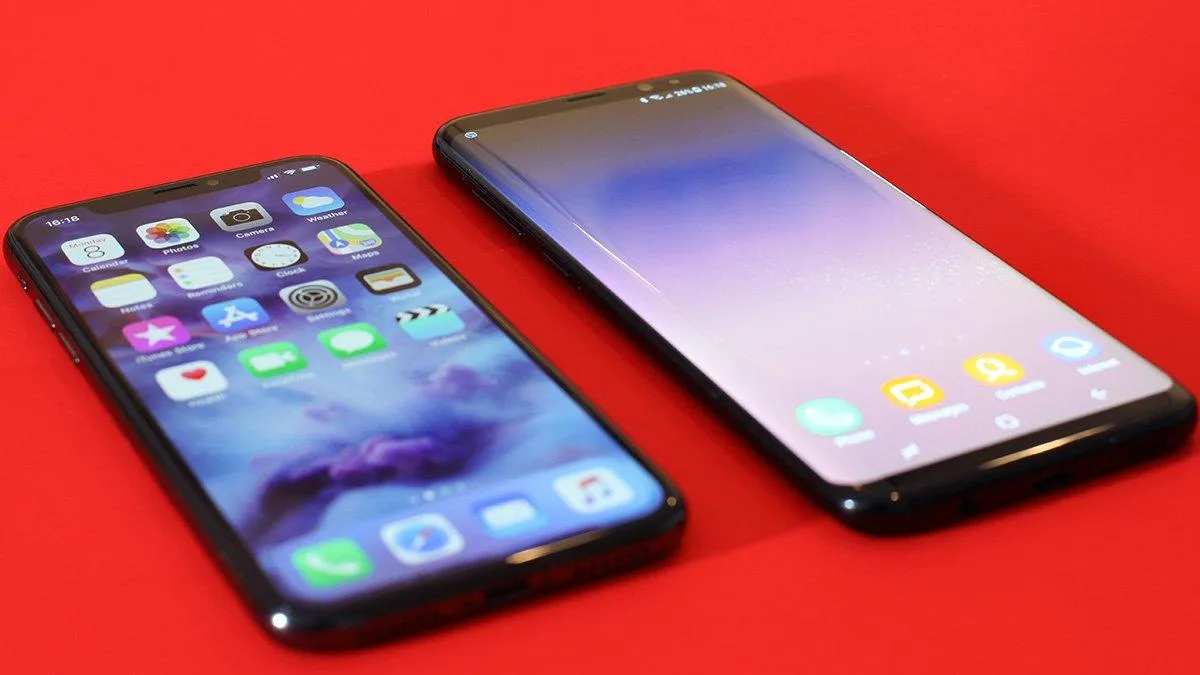
What does your smartphone reveal about your personality? Believe it or not, your choice of a smartphone can tell people a lot about you. As uncovered by recent psychological studies, your choice of device is nothing like a matter of random shopping, but rather an extension of your personality that can aid potential insights into your character.
Researchers found Android consumers to be of much more introverted nature than their iPhone counterparts. They like to follow trends and the leaders who start them. Most iPhone customers are, however, quite extrovert and say they prefer spending money on their devices for better comfortability. They have a very high opinion of their choice of smartphone and are people who like to lead others.
The majority of iPhone consumers are young females. They feel excited to view and display their expensive smartphone as a status symbol – an item that helps them garner extra attention in social settings. They also tend to overlook what others think of their device. Android owners, on the other hand, are much more sceptical about their devices. They are likely to be older males and are less interested in social status. However, if you ask them about their device, they'll often swear by the customisable nature of their smartphone!
Mobile Commerce
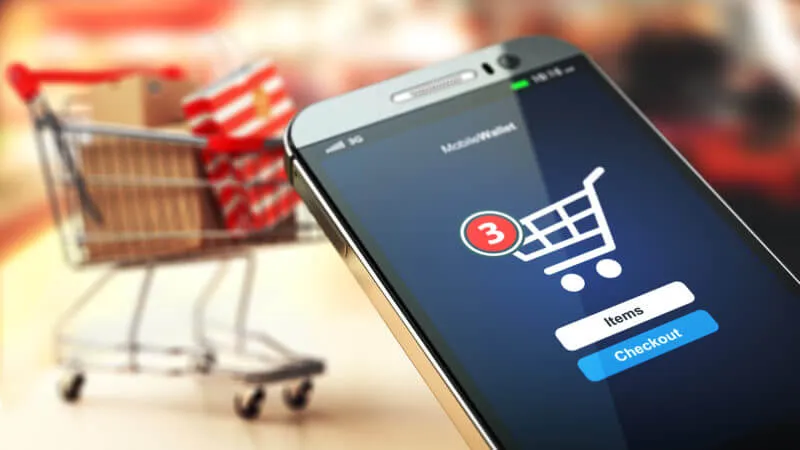
As suggested briefly earlier, iOS customers are likely to spend a greater amount on in-app purchases than their Android counterparts as they usually have a significant income and are concerned about extra convenience. Thus, they don’t feel uncomfortable about spending money when it comes to shopping via mobile commerce platforms.
The percentage of iOS vs Android users who buy products via such applications varies significantly.
- iPhone owners make mobile commerce purchases as much as four times more often than their Android counterparts.
- Apple consumers are much more comfortable spending money on creative content.
- Android users like to buy utility items such as launchers, antivirus apps, productivity tools and performance boosters for their smartphone, doing so about five times more often.
In terms of average spending behind user interface, iOS consumers are far ahead of their Android counterparts. As iPhone owners enjoy the extra convenience and comfortability offered by their devices, they feel it worthy to make the maximum investment in advanced UI enhancement features. Android users, on the contrary, are more inclined towards customising their interface on their own – a process which is seen as redundant and cumbersome in the eyes of many iPhone customers.
Web Surfing Experience
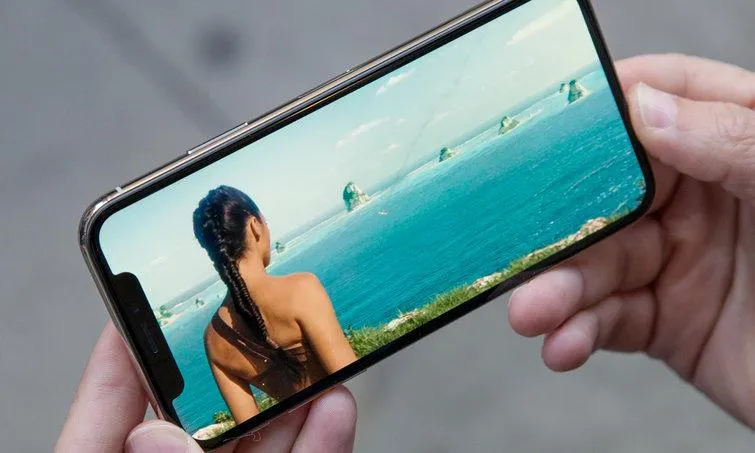
Surfing websites is one of the of primary tasks of modern smartphone devices. As suggested by studies conducted by StatCounter, Android devices account for the majority of page views across the web.
Apple's devices contribute 33.2% of overall page views, compared with 43.5% from Android devices. However, it must be taken into account that Android comprises around 87% of the entire global smartphone market. The numbers should therefore be higher in their favour – thus indicating that it's the iOS users who surf on their smartphone to a greater extent.
Apple devices usually ship as part of a contract that provides a generous internet data allowance. This encourages iOS users to spend more time on the internet via their devices. Additionally, Apple delivers an almost identical web experience across all their devices, allowing you to consistently experience the same interface and features on each. The more economical Android devices, on the other hand, often tend to lag behind when it comes to extensive web browsing.
Also, as we've discussed already, iPhone users fall towards the extrovert category and have a very active social life. Thus, it's not surprising that they take a lot of selfies and tend to keep their friends updated all the time via social media websites like Facebook and Twitter.
Satisfaction and Loyalty
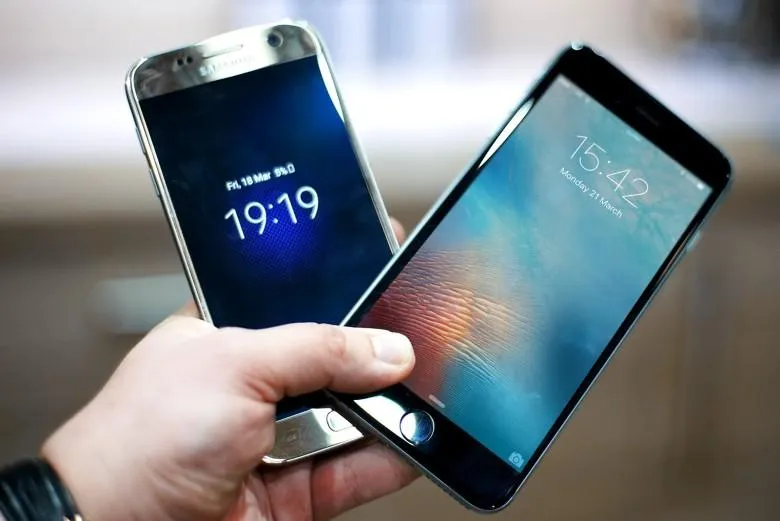
User satisfaction is the driving factor behind customer loyalty to a specific platform out of the two popular mobile operating systems. Satisfied and loyal users mean a long-term commitment to a specific platform. As most iPhone owners tend to hold their devices in very high regard, they are usually more satisfied with their smartphone.
- More than 62% (almost two-thirds) of iPhone customers are highly satisfied with their device, and at least 80% of them have previously owned another Apple device.
- With a 48% satisfaction rate, Android consumers also maintain a reasonable percentage.
Apple also has the advantage of a more advanced marketing approach that garners a lot more attention than most Android devices. Most Android users like the openness of their smartphones and the customisation options they offer. Apple consumers, on the other hand, like to stick with their already familiar interface and consistent UI experience.
Summary
Although both Android and iOS devices share many identical functionalities, their user experience tends to differ significantly. This, in turn, results in differences in consumer behaviour. We hope that these comparisons Android vs iOS users will help you gain essential insights before deciding on a specific platform, and that you will be confident in choosing your desired target auditory of the smartphone lovers .





